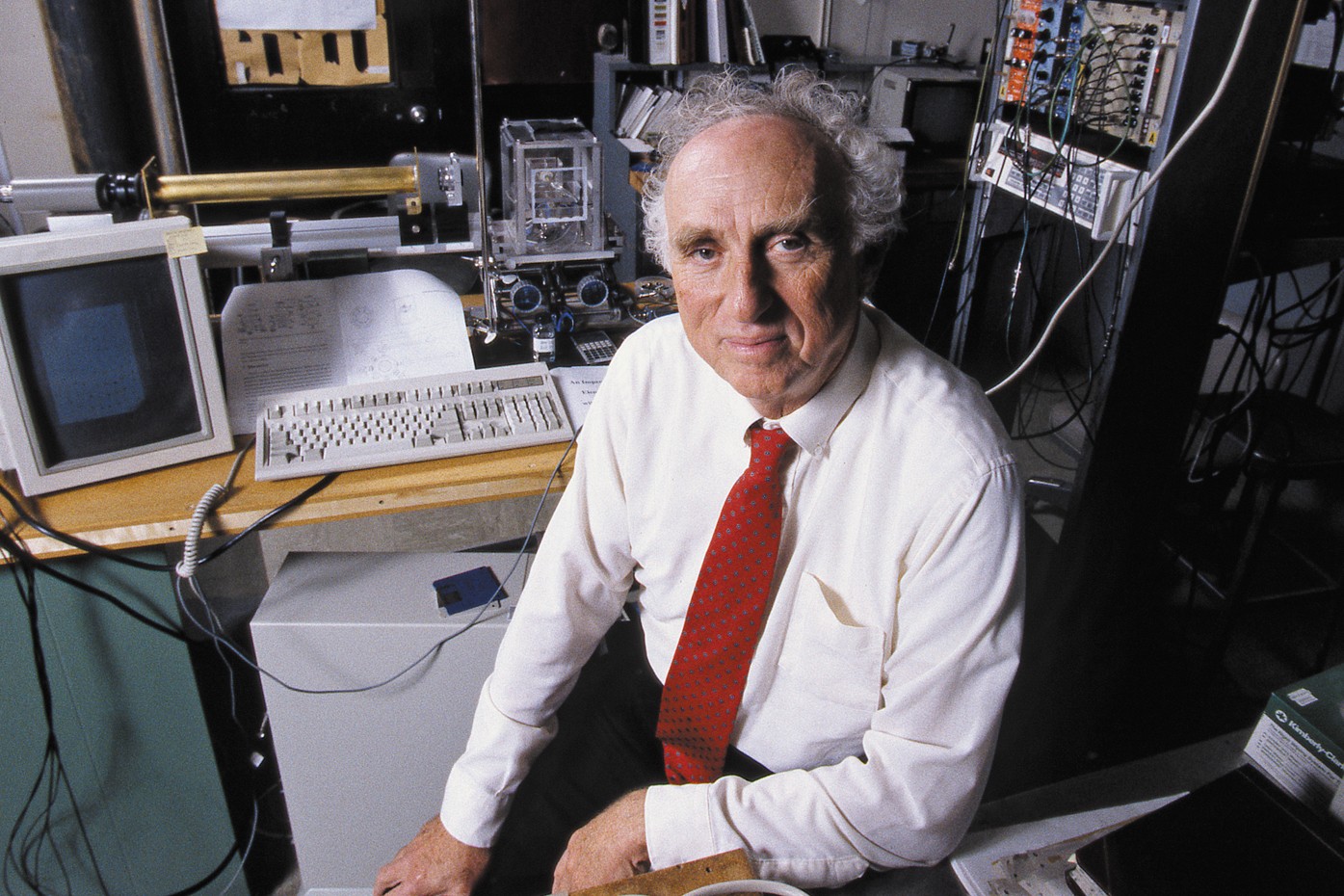Martin Lewis Perl
American physicist Martin Lewis Perl was born on June 24, 1927, and is considered one of the most prominent figures in the field of particle physics. He is best known for his discovery of a heavy lepton, later named the tau lepton (τ) — a breakthrough that played a pivotal role in understanding the third generation of subatomic particles within the Standard Model of particle physics.
In the mid-1970s, Perl and his research team conducted a series of experiments at the Stanford Linear Accelerator Center (SLAC), using a high-energy electron-positron collider. These experiments yielded results that could not be explained using the known leptons at the time, such as the electron and the muon. The data provided compelling evidence for the existence of a new lepton with unique properties.
⚛️ Properties of the Tau Lepton:
-
Type: Lepton (elementary particle)
-
Electric charge: −1 (same as the electron)
-
Spin: ½
-
Mass: Approximately 3,500 times the mass of the electron
-
Lifetime: Around 10-13 seconds
-
Decay mechanism: Decays via the weak interaction into other particles, including the tau neutrino (ντ)
In 1995, Martin Perl was awarded the Nobel Prize in Physics, shared with physicist Frederick Reines, who was recognized for his discovery of the electron neutrino. Perl received the prize specifically for:
"the discovery of the tau lepton, a fundamental constituent of the third generation of particles."
The discovery of the tau lepton confirmed the existence of three generations of fundamental particles, thereby strengthening the theoretical framework of the Standard Model. It also deepened our understanding of weak interactions and contributed significantly to the development of modern particle physics.
